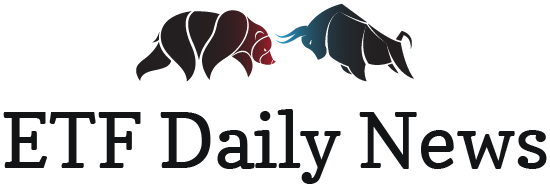Seldom is there as much uncertainty about where interest rates are headed as there is now.
The Fed’s benchmark fed funds rate is surely headed higher in the coming months, but it’s anyone’s guess where yields on Treasuries will end up. The two-year and the 10-year Treasuries were last yielding 2.7% and 3.1%, respectively, after rising relentlessly for months.
While some believe they are close to a top, others think they could head higher still. For investors who want to protect themselves, there are many tools available in the ETF world to minimize the impact of higher rates, or even capitalize on them.
The classic advice given to investors in a rising rate environment is to reduce the duration of your bond portfolio. Duration is a measure of interest rate risk and is based on a bond’s maturity and coupon payments.
A higher-duration portfolio has more interest rate risk than a lower-duration portfolio. By reducing duration―for example, by buying shorter-term bonds―a portfolio will have less interest rate risk. The flip side is that the portfolio will probably have a smaller yield as well.
There are plenty of low-duration ETFs on the market that can help reduce the average duration of an investor’s portfolio, including the iShares Short Treasury Bond ETF (SHV), the iShares 1-3 Year Treasury Bond ETF (SHY), the PIMCO Enhanced Short Maturity Active ETF (MINT) and many more.
Inverse Bond ETFs
Another method with which to hedge against rising rates is inverse ETFs. These funds short bonds, meaning they rise in price when interest rates increase (bond prices and rates generally move inversely).
The ProShares Short 20+ Year Treasury ETF (TBF) provides daily inverse exposure to Treasurys with maturities greater than 20 years, while the ProShares Short High Yield (SJB) provides daily inverse exposure to high yield corporate bonds with maturities between three and 15 years.
TBF, SJB and similar ETFs can be used to hedge other bond funds in a portfolio or as stand-alone products to speculate on the direction of interest rates.
Keep in mind, however, that any product that shorts positive-yielding bonds will have to pay a cost to maintain that position over time. This can result in losses even if interest rates remain flat.
Floating Rate Bond ETFs
For investors who want to do away completely with interest rate risk, a straightforward solution is floating-rate ETFs. The iShares Floating Rate Bond ETF (FLOT) holds a basket of bonds with maturities of five years or less. As floating rate notes, the interest rates on these securities reset periodically based on market rates; so if rates increase, the payout increases…
Continue reading at YAHOO! FINANCE
